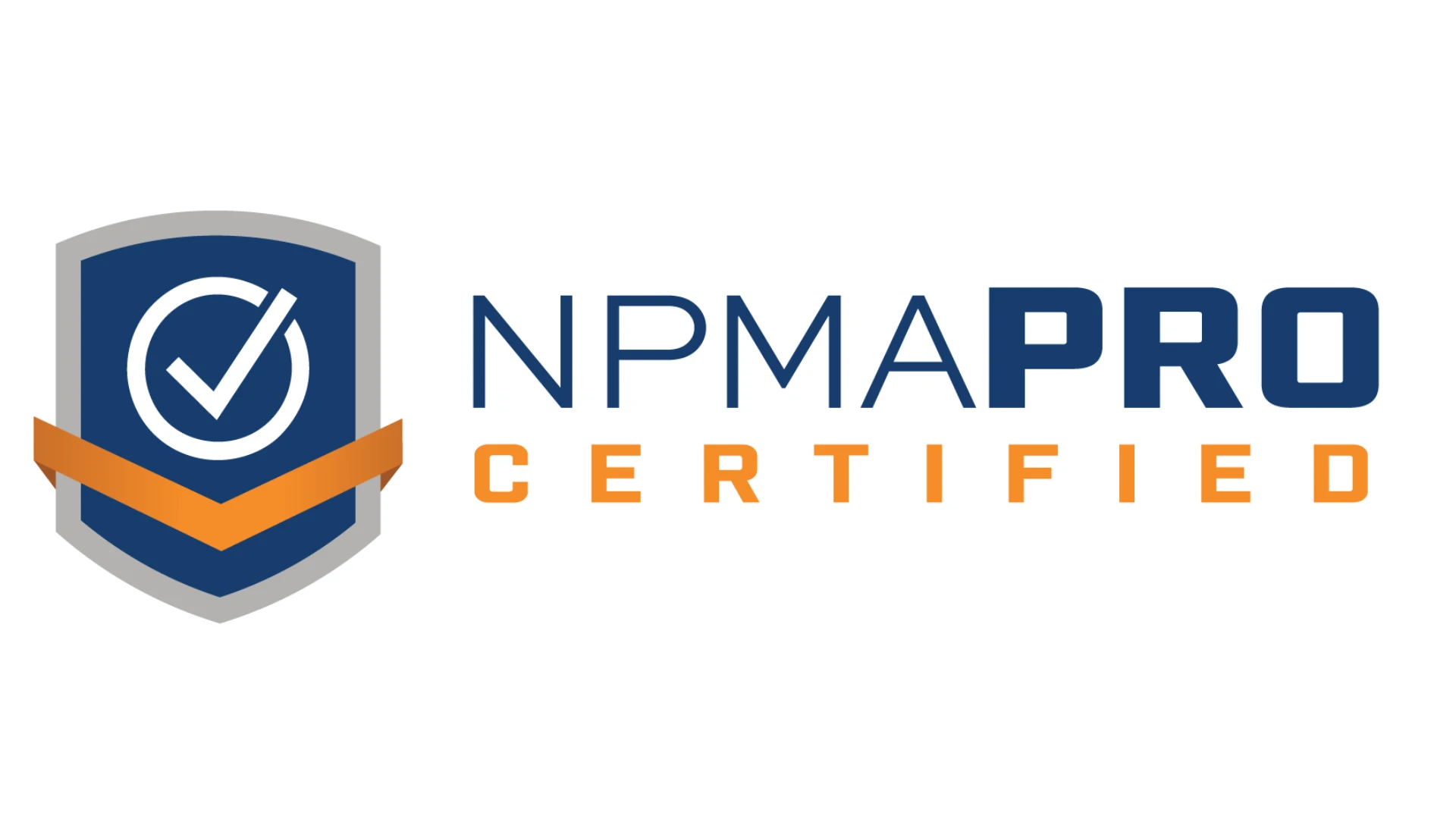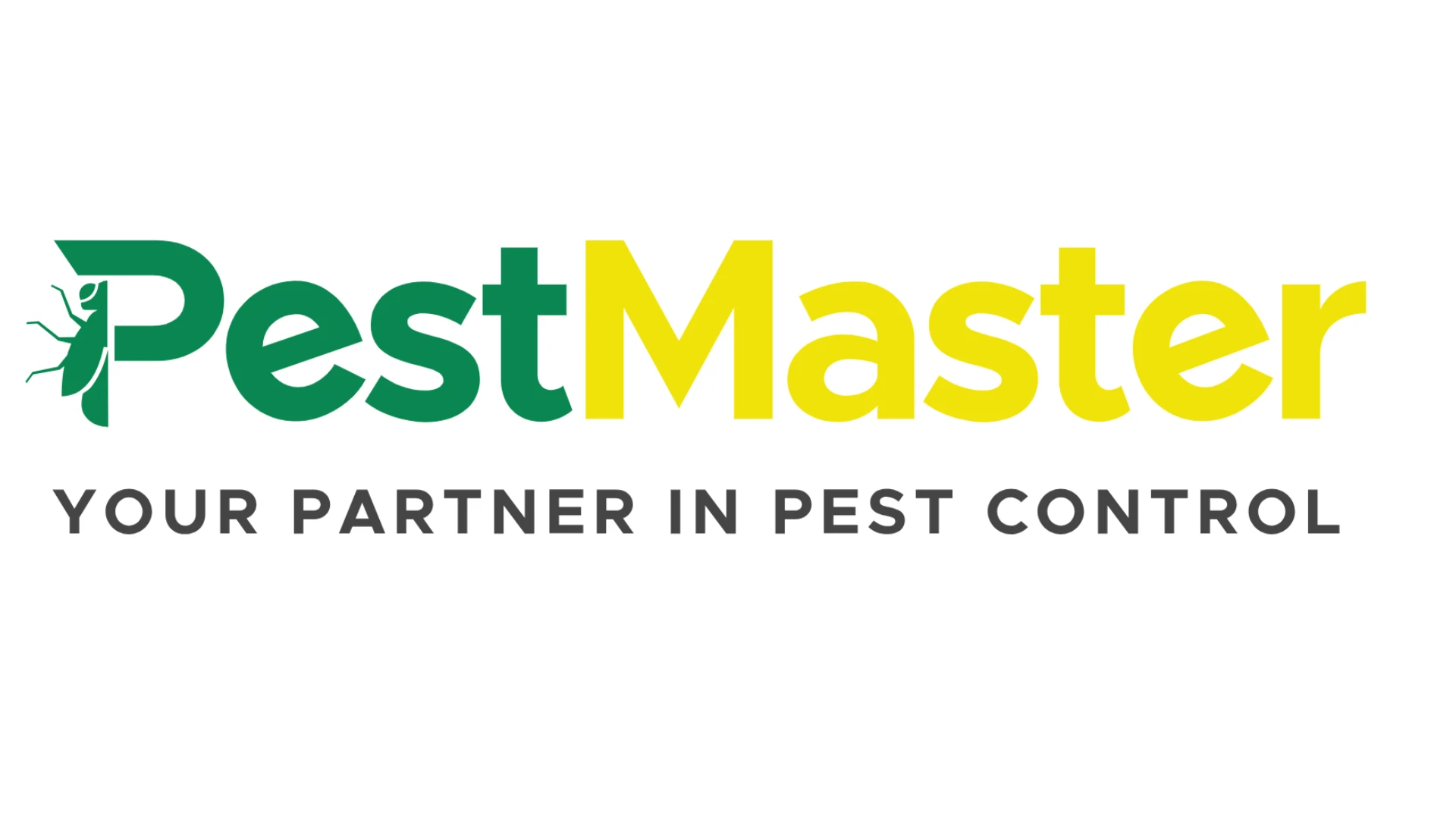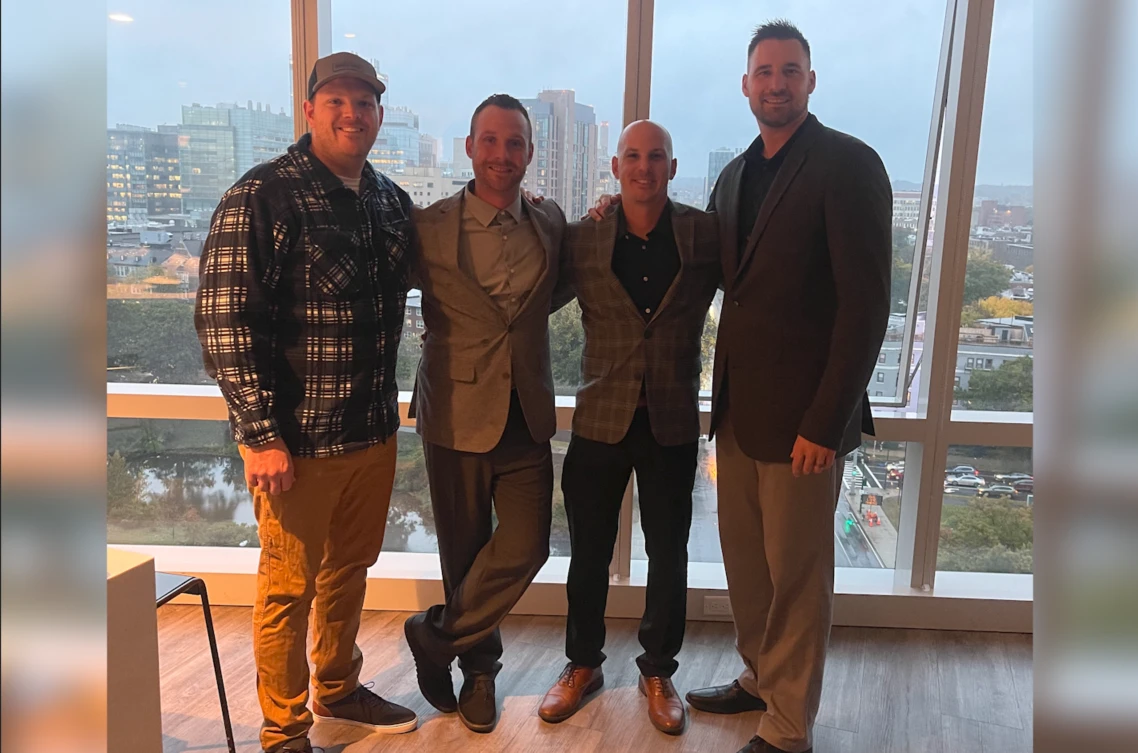GREEN ADD-ONS
Q. I read your column about “words and deeds” (April 2008). Other than continuing to develop low-dosage IPM methods, what new, innovative services can I perform to show customers I am serious about being “green?”
A. First of all, thanks for reading the column! The introduction of “green” marketing into the pest control market has opened, in my mind, several opportunities that up to now only a few pest management professionals have considered. In our present economy, energy conservation has become an important issue with homeowners. Since our last energy crunch, many new products have been developed that pest professionals can look into offering. Some use new technologies, which may have investment dollars associated with them, while others are utilizing technologies that have been around for a long time.
Here’s a case in point: Since the introduction of infrared cameras for moisture detection, the industry has tended to think of these solely as “termite tools.” But they are more than that. I have discussed these technologies before in PCT and at many of my seminars. The infrared camera can add thousands of dollars to your bottom line when coupled with a well-documented inspection for pest control.
So now you want to know “how?” Well, first you have to understand the technology and swallow hard about the price of this investment, since these cameras are not cheap. However, many pest professionals have realized there is more to the pest management business than termites. Finding moisture is important for one major reason — insects and other pests need it. That being said, a full house inspection can be performed and areas of “concern” pointed out to the homeowner through detailed reports and, more importantly, pictures.
While using this camera you also will find where energy is lost in the house in the form of cold or warm air leaks. Couple these findings with energy and moisture control and you have a combination of steps that can reduce pest pressure and reduce energy costs for the customer.
A few years ago I bought an old house (yep, you could say it is a money pit) but I did not want my money going out the windows and roof. So I used a camera to detect where I was losing energy and to look for moisture. The moisture thing turned out well, but boy, the insulation in this old house was terrible.
So, I had insulation blown in and I used T.A.P. because it also gave me some pest protection in an area I seldom visit, the attic. The results of this decision were evident as soon as the job was done. Using the camera as a follow-up, I saw a three- to four-degree temperature change from before the insulation application. This has translated into a couple of years of savings in my electric and gas bills. Considering that the cost of these utilities has gone up, I am realizing a savings beyond what I expected.
To top it off, the insulation is “natural,” using recycled paper and boric acid. Of course there are other products besides T.A.P., however to claim any measure of pest control you would have to use a registered product (which T.A.P. is).
Another example is in the area of moisture control. Our industry has gone after “moisture” in various ways. A few years ago, closed-in and sealed crawlspaces started becoming common. Wow! You would have thought the world had gone nuts! Who is going to enclose their crawlspace? The place will rot! What, no vents?! Well, it seems that enclosing the crawlspace works wonders for general pest control. Time after time I have been in such a space, and in discussing this with other pest management professionals who have seen sealed crawlspaces, you do not see the usual suspects for insect infestations (spiders). This means a lot of food for those arachnids is not available, which translates into fewer arthropods gaining access to the structure through the crawlspace. Humidity, ergo moisture, is needed for the pests to survive. Many pest management professionals also have looked into sealing crawlspaces as an adjunct to their normal services — doing so is more than just preventing mold.
These “green” solutions to pests and other problems are not cheap, but the resulting effects for customers are felt for many years. And more importantly, your bottom line turns greener.
The author is president of George Rambo Consulting Services, Seneca, S.C. Questions can be faxed to him at 864/654-2447 or e-mailed to grambo@giemedia.com.
Get curated news on YOUR industry.
Enter your email to receive our newsletters.

Explore the September 2008 Issue
Check out more from this issue and find your next story to read.
Latest from Pest Control Technology
- Scorpion Launches Capacity Marketing Engine
- Petti Pest Control Owners Reflect on Finding Success as a Father-Son Duo
- Effective Mitigation of Crow Infestations
- Mosquito Control: Spraying vs. IPM
- Terminix Service's Leaders Inducted into South Carolina Business Hall of Fame
- Christner on Colorado's Preemption Roll Back on Business Growth
- How to Get Rid of Odorous House Ants
- Massey Services Promotes Herndon to Director of Sales for Multi-Family Division





